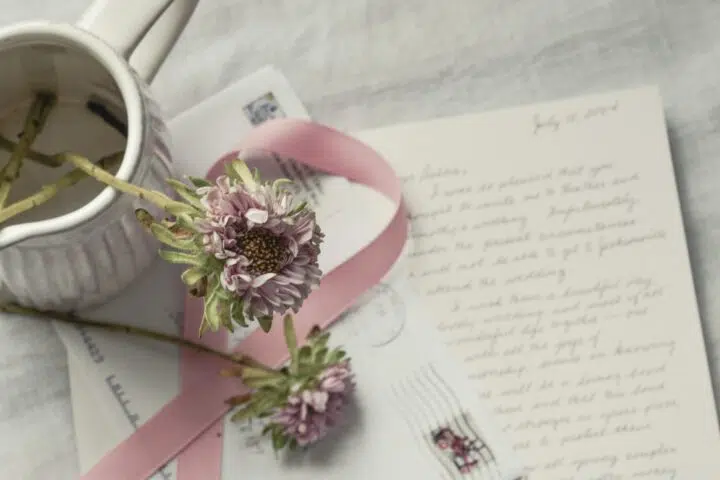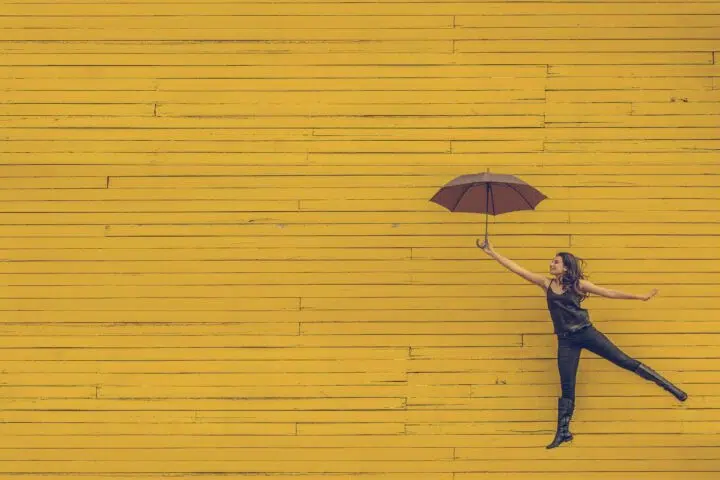My friend Bruce Adolphe is a world-renowned composer. In reading through his new book, Visions and Decisions: Imagination and Technique in Music Composition, I wondered how many of his insights I’d be able to apply to my own art. I’m not a musician, after all. While I did enjoy playing the piano well into my college years, I never got good at it. The same can be said of my singing. I can carry a tune but even after singing lessons, I mostly confine my vocals to the shower.
But the book is really about the creative experience of, as Bruce puts it, “thinking in the music and thinking about the music.” That journey all artists take when we get a vision and move on to decide how that vision will be realized on the page or on the stage. There’s a section where Bruce tells how Leonard Bernstein used to lie down to work in order to more easily access the “twilight area . . . wherein fantasies occur.” Bernstein goes on to explain that if you are conscious enough to observe yourself fantasizing you can start to form that fantasy into something tangible. “You may not know what the first note is going to be,” he says, “but you have a vision of a totality.”
Of course, this is a truncated piece of a more developed point that both Bruce and Bernstein are making, but what struck me about this quote was my continuing fascination with this very blog, and to a larger extent, the writing process. I approach this blog every week from a waking “twilight space.” I’m never sure what I’m going to write about, and then a line comes to me from something I recently read, or overheard, or thought up myself. Sometimes I start out with that line and the blog builds from there. Sometimes, though, that original line (which you would think was sacred) gets cut in the editing. More often, the blog post moves in a direction I didn’t anticipate, and when I type the last words, I hear myself say aloud, “Oh! So that’s what this post is about. How cool.”
The general public loves to ask the question, “Where did the idea for this play or song or novel come from?” They want to hear that producing art is as easy as getting the answer in a dream or a divine download. Or that art always springs directly from a particular experience or emotion, because if that is our truth, it can be their truth too. “All” they have to do is go deep inside. Or maybe they want to hear stories about how we reworked that piece one hundred times before it arrived at its finished place, because that lets them off the hook. They can convince themselves they don’t have the time, the discipline, or the “talent” to revise something one hundred times, therefore it’s not the path for them. Instead, they can sit back and revel in our “genius.”
The only thing, though, that truly makes disciplined artists special is that we accept and thrill first to the vision of what something could be. We can’t see it in its entirety when we start out. That’s not even possible. But we can envision its existence in the world and that excites us. A writer friend of mine says when she starts a new book, she pauses to picture her finished book in published form floating before her. And then she gets to work. Long, hard, arduous, painstaking, enlivening, joyous, mindful work.
Really, though, don’t we all get visions every day? We “see” a new recipe we want to create, or the perfect outfit we want to assemble, or the answer to a complex problem at our workplace and our energy rises. Sometimes, though, the recipe tastes like crap, sometimes we can’t find the exact items we need for that outfit, sometimes our ideas get shot down at work. But if we hold on to the vision, we find the courage to try different spices until the recipe is good, or to tweak our original idea until the outfit comes together, or to propose a different suggestion at work that does get accepted.
In other words, a vision itself is not perfect, no matter how true it feels at first. A vision is the initial acceptance of the finished product in its totality. A totality that includes all the mistakes, and sharp turns, and right and wrong decisions along the way. Art, I think Bruce is saying, is the perfect marriage between imagination and choice. What do you envision today and how will you choose to begin?
If you like this post, please share and credit Teresa and Bursts of Brilliance for a Creative Life blog



